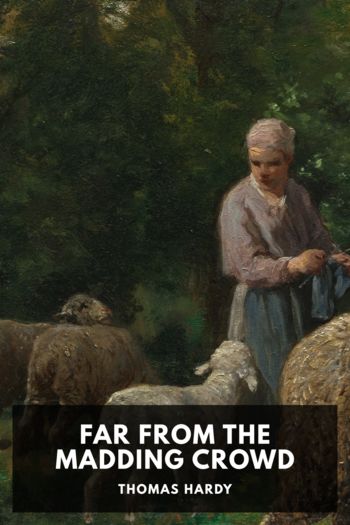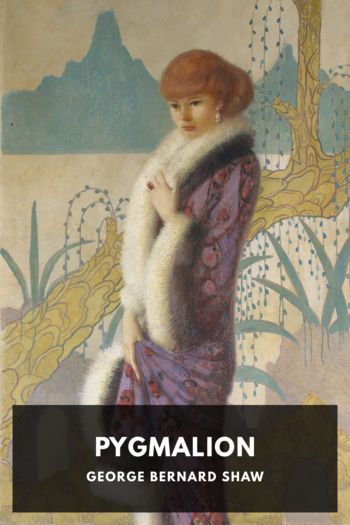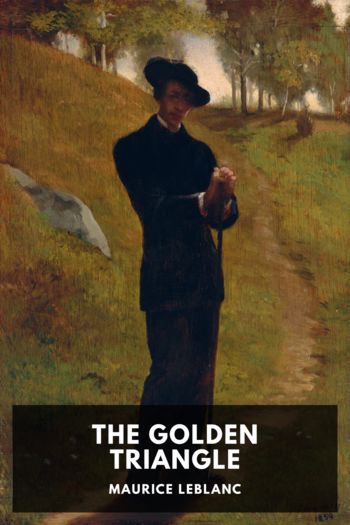Genre Other. Page - 298

Description
Far from the Madding Crowd was Thomas Hardy’s fourth novel and was completed in 1874. It was originally serialized in Cornhill Magazine and was quickly published in a successful single volume.
Hardy described Wessex as “a merely realistic dream country” and so it is in Far from the Madding Crowd, where an idyllic view of the countryside is interrupted by the bitter reality of farming life. The novel is the first that Hardy sets in fictional Wessex; he quickly realised that setting novels there could be a money-earner that would subsidise his poetry-writing ambitions.
Gabriel Oak, the faithful man and aspiring farmer; Bathsheba Everdene, the young and independent lady farmer; William Boldwood, the lonely neighbour; and Sergeant Troy, the dashing military man, all lead intertwined lives which are full of love and loss.

Description
Pygmalion is a 5-act play by George Bernard Shaw. It was written in 1912 and first produced in 1913. The plot revolves around Professor Henry Higgins’ bet with a colleague over whether he can transform a low-class flower girl, Liza Doolittle, into the equivalent of a Duchess in just 6 months. Pygmalion was a Greek mythological figure who fell in love with a sculpture he had carved and was a popular theme in Victorian drama.
Most people would be familiar with the characters Eliza Doolittle and Henry Higgins from the hit 1956 musical My Fair Lady, which was adapted from Pygmalion, though the plots differ in small but significant ways. In particular Shaw wanted to avoid any sense of a “happy ending” and, after viewing a performance of the play where an extra scene had been added, he wrote a sequel which definitively states what came after. The sequel was included in the published edition.

Description
The Conjure Woman is a collection of fantastical stories narrated by Julius, a former slave, about life on the nearby plantations prior to the Civil War. Each involves an element of magic, be it a vine that dooms those who eat from it or a man transformed into a tree to avoid being separated from his wife. Julius’s audience, a married couple who have just moved to the South to cultivate grapes, listen on with mixed sympathy and disbelief. They disagree on whether Julius is telling the truth and whether there is some deeper significance to the tales. At turns humorous and unsettling, these stories provide a surprising lens into the realities of slavery.
The text is notable for spelling out Julius’s spoken accent. Although Julius has some stereotypical features of a simple-minded old slave, he is often regarded as a more clever and complicated figure. He seems to tell his tales not only to entertain his listeners, but to trick them to his advantage.
Many of these stories first appeared in national magazines, where they received popular acclaim, before being assembled as their own volume in 1899. Charles W. Chesnutt’s race was not mentioned by the publisher, nor could many guess his African heritage based on his appearance. However, Chesnutt embraced his African-American identity and was a prominent activist for black rights. The Conjure Woman, his first book, is considered an important early work of African-American fiction.
This edition includes four additional Julius tales that appeared in magazines but were not collected during Chesnutt’s lifetime.

Description
Notes from Underground is a fictional collection of memoirs written by a civil servant living alone in St. Petersburg. The man is never named and is generally referred to as the Underground Man. The “underground” in the book refers to the narrator’s isolation, which he described in chapter 11 as “listening through a crack under the floor.”
It is considered to be one of the first existentialist novels. With this book, Dostoevsky challenged the ideologies of his time, like nihilism and utopianism. The Underground Man shows how idealized rationality in utopias is inherently flawed, because it doesn’t account for the irrational side of humanity.
This novel has had a big impact on many different works of literature and philosophy. It has influenced writers like Franz Kafka and Friedrich Nietzsche. A similar character is also found in Martin Scorsese’s Taxi Driver.
Notes from Underground was published in 1864 as the first four issues of Epoch, a Russian magazine by Fyodor and Mikhail Dostoevsky. Presented here is Constance Garnett’s translation from 1918.

Description
H. G. Wells is probably best known for his imaginative longer works, such as his novels The War of the Worlds and The Invisible Man; but he was also a prolific short story writer. This Standard Ebooks edition of his short fiction includes fifty-four of Wells’ stories, written between 1894 and 1909 and compiled from the collections The Stolen Bacillus and Other Incidents (1895), The Plattner Story and Others (1897), Tales of Time and Space (1899), Twelve Stories and a Dream (1903) and The Country of the Blind and Other Stories (1911). They are presented here in approximate order of first publication.
The stories vary wildly in genre and theme, ranging from tales of domestic romance, to ghost stories and tropical adventures, to far-future science fiction. Interestingly, many of the stories deal with the exciting but also frightening prospect of heavier-than-air flight and aerial warfare, and it is worth noting that these stories were written some years before the Wright brothers first took to the air.

Description
Captain Belval, learning of a threat to his beloved nurse Little Mother Coralie, rescues her from her would-be assailants and is promptly dragged into a plot involving her husband and millions of francs worth of gold. As layer upon layer of conspiracy emerges with no obvious thread to follow, there’s only one man who can be counted on to uncover the truth.
The Golden Triangle (also known as The Return of Arsène Lupin) was published in 1917 in both the original French and this English translation. It is set a couple of years after the events of The Teeth of the Tiger, and is representative of its time with themes of convalescent soldiers and continent-wide plots.

Description
The Murder on the Links is Agatha Christie’s second Poirot novel, featuring the brilliant Belgian detective and his sidekick, Captain Hastings.
In this characteristic whodunit, Poirot is summoned to a seaside town in northern France by a desperate letter from a rich businessman, who fears that he is being stalked. Poirot arrives to find the businessman already dead, his body lying facedown in an open grave on a golf course, a knife in his back—the victim of a mysterious murder. Over the coming days Poirot clashes wits with an arrogant Parisian detective, Giraud, while Hastings finds himself pining after a beautiful but shadowy American expatriate known to him only as “Cinderella.” Together, Poirot and Hastings unravel the intricate web of mystery and deceit behind the murder.
Christie based this mystery after a real-life French murder case, and it’s believed that this is the first detective novel to use the phrase “the scene of the crime.”

Description
Six Characters in Search of an Author (Sei personaggi in cerca d’autore) is an Italian three-act play written by Luigi Pirandello in 1921, considered as one of the earliest examples of absurdist theatre. It’s a play within a play that deals with perceptions of reality and illusion, and plays with the ideas of identity and relative truths.
The plot features an acting company who have gathered to rehearse another play by Pirandello, when they’re interrupted by 6 “characters” who arrive in search of their author. They immediately clash with the manager who at first assumes they’re mad. But, as the play progresses, the manager slowly shifts his reality as the characters become more real than the actors.
Six Characters in Search of an Author opened in Rome at Valle di Roma and created a huge and clamorous division in the audience, forcing Pirandello to escape out the side door. But a year later it was presented in Milan to great success, before moving on to Broadway in 1922 where it ran for 136 performances.

Description
John Keats’ poems are a major part of the second wave of English Romantic poetry. They portray settings loaded with symbolism and sensuality, and draw heavily on Greek and Roman myth along with romanticised tales of chivalry. Keats died in 1821 at the young age of 25, having written the majority of his work in less than four years. While not appreciated during his lifetime, he has gone on to become one of the most loved of the Romantic poets, and has provided inspiration to authors as diverse as Oscar Wilde, Wilfred Owen and Neil Gaiman.
This collection includes among others early work such as “On Death,” the six odes written in 1819, his two epics Hyperion and Endymion, and “To Autumn,” now widely considered to be one of the best English short poems. Keats’ works are presented here in chronological order, and include the poems published in his lifetime and other unfinished fragments and posthumous verse.

Description
The Pit-Prop Syndicate is a story from the beginning of the golden age of crime fiction. Seymour Merriman, a British wine merchant on business in France, happens upon a syndicate manufacturing pit-props—beams used to prop up mine tunnels—but his eye is caught by one odd detail: their lorry’s numberplate mysteriously changes. With the help of his friend Hilliard from the Excise department they dig deeper and uncover a dangerous conspiracy.
Freeman Wills Crofts was a civil engineer, turned author of crime fiction. Though somewhat forgotten today, his style was widely appreciated at the time, and still finds fans of those who like a puzzle where all the loose ends are tied up. During his career he wrote over thirty crime novels; The Pit-Prop Syndicate, published in 1922, was his third.